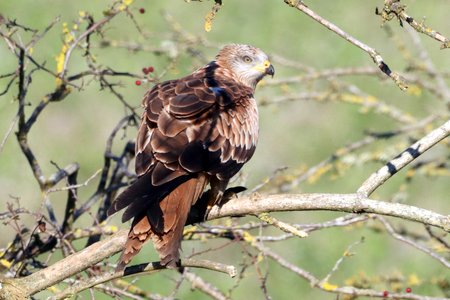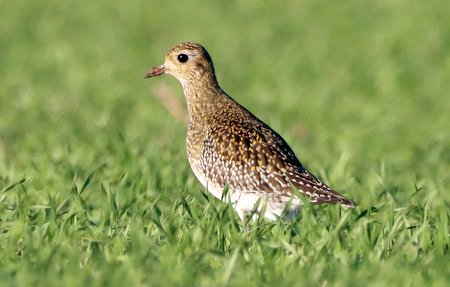Records
Why are bird records important?
Records are vital for understanding birds, their lives and how they are impacted by our actions. Data collected by birdwatchers and wildlife lovers is often used to inform Government policy, to protect important habitats and to steer decisions on development. We couldn’t conserve birds effectively without this information on where they feed, breed, roost and how they behave.
Data can also be a great tool for raising awareness and drumming up support for conservation. Recording and publicising declines in wildlife drives people to act to protect wildlife near them – e.g. local swift groups and hedgehog highways.
Recording the common species as well as the rarities is really important, as otherwise they could decline without anyone noticing. The information helps people to decide where to put their time and money, or where to direct more research. It is an invisible but essential part of conservation work.
How are records used?
Each year we receive around 100,000 records from around the county from various sources. These are collated, cleaned and checked by the Recorder and used in the following ways…
- Records submitted to WOS form the basis of the species accounts Hobby – the annual bird report. Each month we also report a selection of records in WOS News to inform members about what birds have been seen in the county.
- We share the records with the Wiltshire and Swindon Biological Records Centre (WSBRC), who supply data to ecologists and developers around the county.
- Records of rare breeding birds are reported to the Rare Breeding Birds Panel (RBBP), who monitor the status of these birds in the UK.
- Many of the records are also shared with the British Trust for Ornithology (BTO), contributing to their robust data sets and assisting them in their science and research.
Please note that your personal data is never shared with anyone without your permission.
Who can send in records?
Recording is easy and can be done by anyone. We welcome records from everyone and from all corners of the county.
What records should be submitted?
All records are valuable and so what you submit depends on how much time you have to give. You can submit full lists of records of everything you see, occasional ad-hoc records or somewhere in between.
Records away from well-watched sites such as the Cotswold Water Park and Langford Lakes are often thin on the ground, so “local patch” records and casual recording from less well-watched areas are very important – this includes sites such as your own garden! These records enable us to gain as full a picture as possible of what is happening to Wiltshire’s birds.
Records will need to include:
- What? Either the scientific (Latin) and/or English name (if there is one)
- How many? The number of individuals seen
- Where? A precise location of the sighting and grid reference
- Who? The name of the person who saw/identified it
- When? The date of the sighting (day, month, year)
You can also add a lot of value to your records by including:
- Breeding evidence – adding a breeding code to your record gives us really important information about breeding pairs and helps to calculate population estimates
- Comments – adding comments about the bird’s sex/ages or its behaviour can help us understand a species and how they are using and interacting with the habitat around them
How should records be submitted?
You can find out more about that here: Submitting Records


